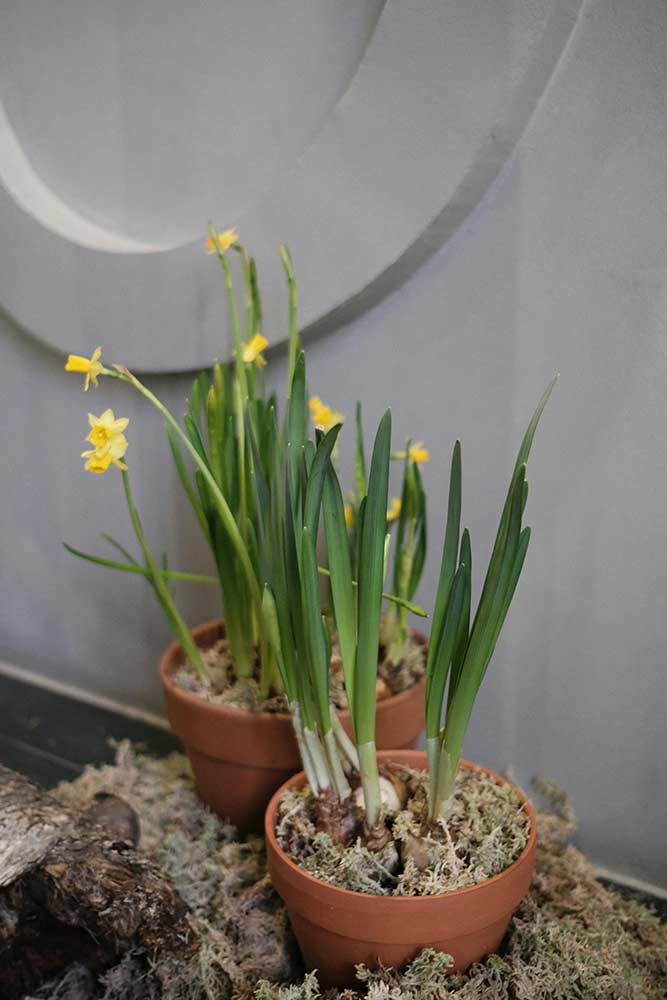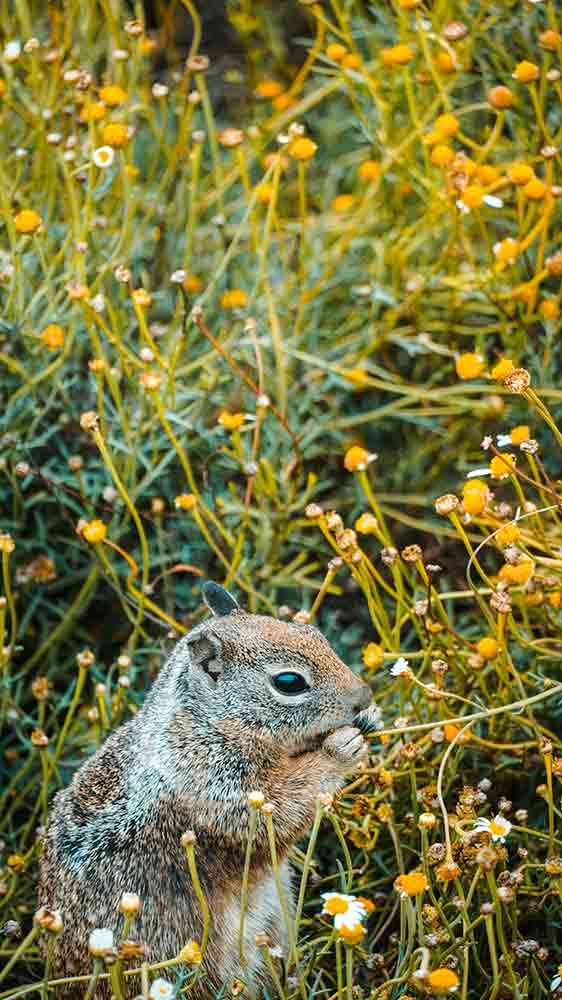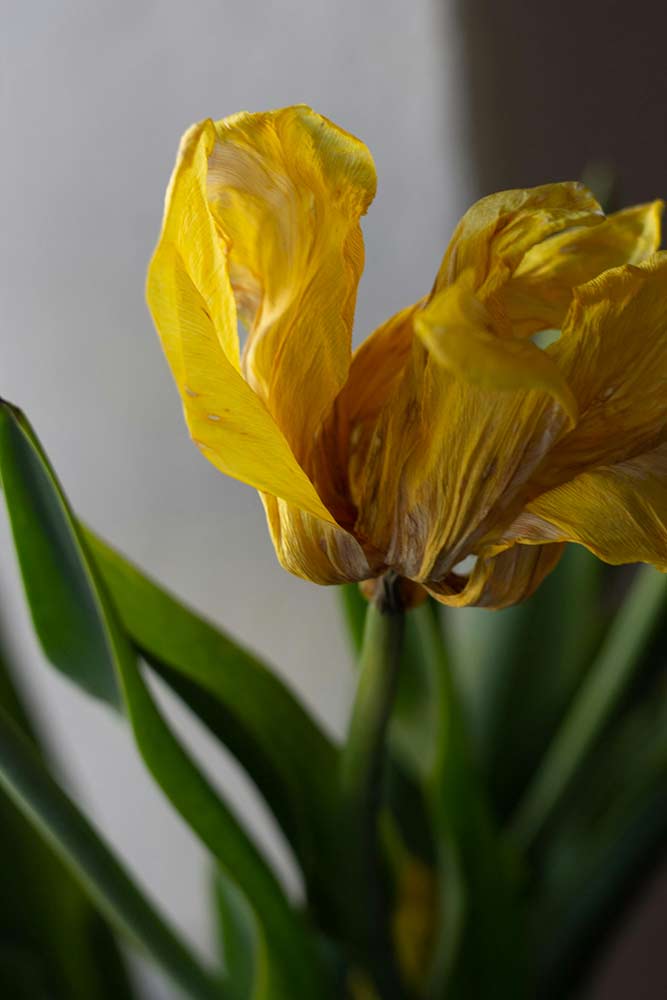Fall Planted Bulbs – Frequently Asked Questions
Fall Planted Bulbs – Frequently Asked Questions
Planting bulbs in the fall is the key to a vibrant, colorful garden in the spring. By choosing the right varieties, planting at the proper depth, and giving them a bit of care before winter, you can enjoy beautiful blooms year after year. This guide answers common questions about fall-planted bulbs, including timing, soil preparation, grouping, and pest protection, so you can plant with confidence and get the most out of your spring display.
When Should I Plant Fall Bulbs

How Do I Plant Fall Bulbs?


How To Prevent Rodent Damage

Why Don’t My Tulips Come Back Year After Year?
In our climate, many tulips do come back for several years, but some varieties only last a year or two. To keep your display fresh and vibrant, it’s a good idea to plant a few bulbs each fall.
Species tulips and Darwin Hybrids are more reliably perennial than other types. Among Darwin Hybrids, the darker-hued varieties tend to perform better than pastel ones.
To encourage tulips to return year after year:
How Should I Store My Bulbs Until I Am Ready to Plant Them?
If you can’t plant your bulbs right away:


What Should I Do With the Foliage after the Blooms Have Faded in the Spring?
When Can I Transplant Daffodils?
Early summer is an ideal time to transplant daffodils that need to be moved. Because the foliage is still visible, you’ll have no trouble locating them in the ground. Keep the leaves green as long as possible so the bulb can recharge for next year’s blooms. For best results, wait until the foliage fades before transplanting. When you do move them, take care not to damage the bulbs.
Are there any Deer Resistant Spring Flowering Bulbs?
Believe it or not there are a few plants that deer tend to pass by. Daffodils, allium, crocus, chinodoxa, scilla, grape hyacinths and snow drops are all supposed to be deer resistant. But if deer get hungry enough, they’ll eat anything.

Any Other Recommendations Besides Standard Tulips and Daffodils?
Tulips and daffodils are popular for a reason…they are great performers! But there are many other fall planted bulbs that perform very well here in east Idaho. One is the Giant Allium. This striking member of the onion family has large, ball-shaped blooms comprised of purple star-shaped florets. Because of their flower size (5”), and height (4’) Giant Allium is a real head-turner.
What bulbs are good for forcing to enjoy indoors?
The easiest spring flowering bulbs for forcing are amaryllis, paperwhites, hyacinths, muscari and large flowering crocus. Other bulbs that can be forced but may require a little more attention are tulips, and miniature daffodils.
If you have any other questions about fall bulb planting or need help choosing the right varieties for your garden, feel free to stop by the store. Our gardening experts are always happy to help you find what works best for your soil, sun conditions, and design goals. Sometimes a quick chat in person can make all the difference in planning a beautiful spring display.


